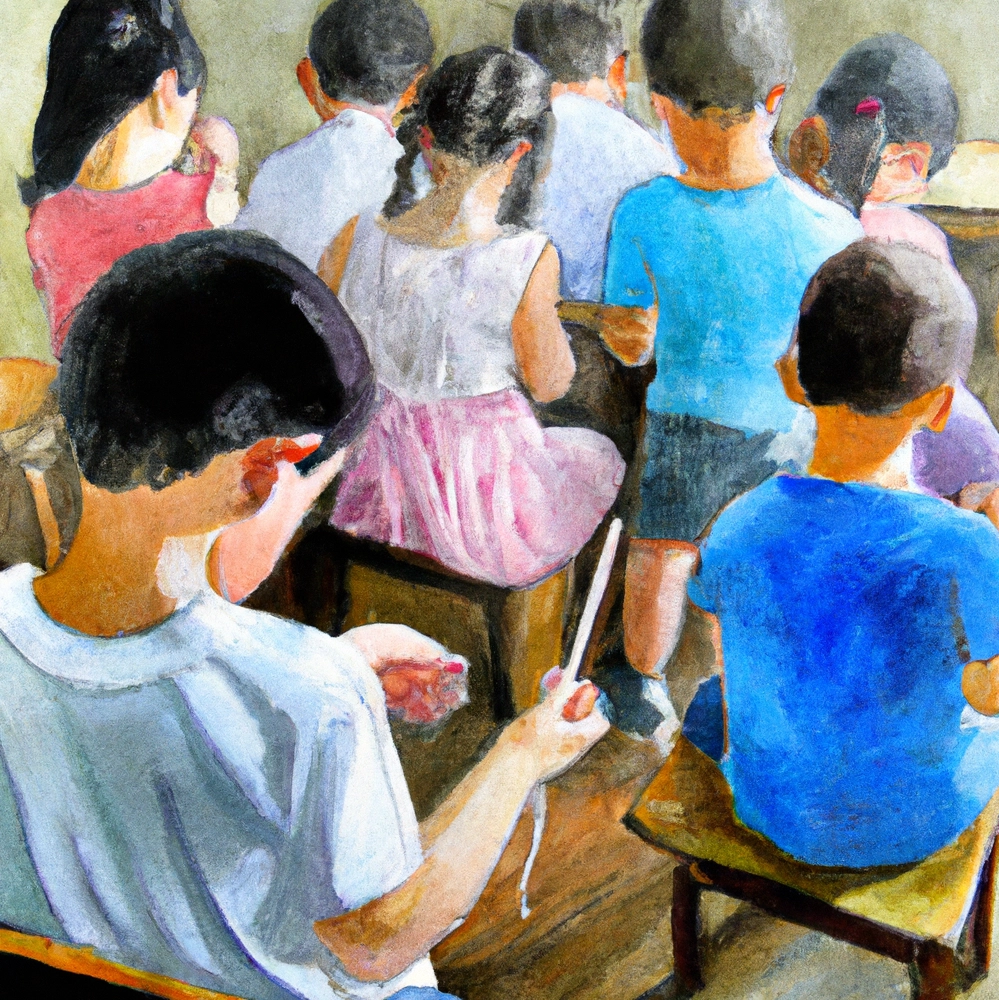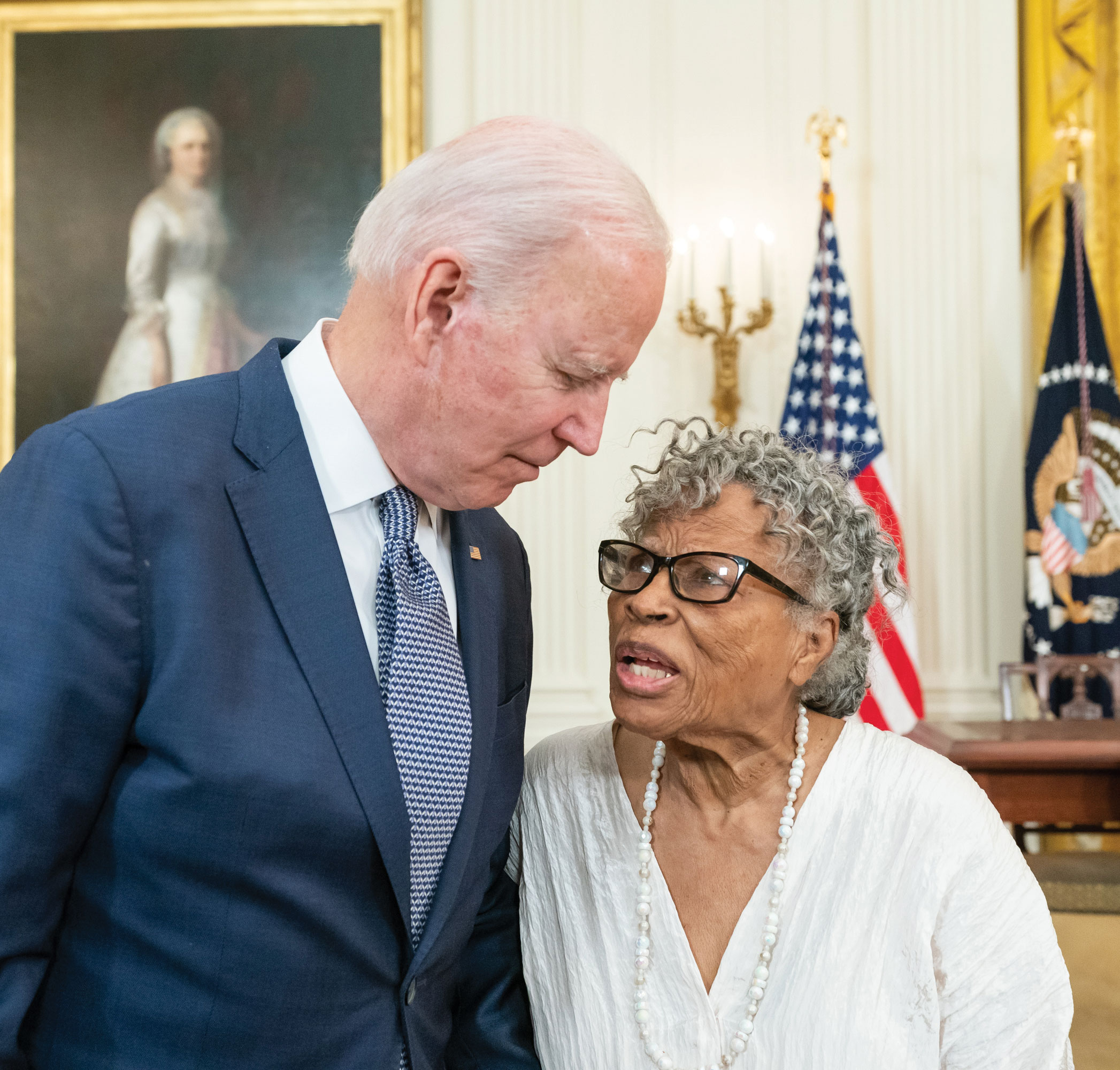Get to the Root: Media Literacy
 Kevin Wasden
·
3 minute read
Kevin Wasden
·
3 minute read
This post is a condensed version of an article originally featured in The Media Issue, Vol 1.5, written by Christine Diamond and published by Gibbs Smith Education in 2022. Learn more
As dark clouds race toward your house, strong winds batter the surrounding trees. After the storm, the yard is strewn with debris, the street is flooded, and splintered tree branches hang from their trunks. Young saplings, lacking sufficient roots, were the first to be knocked over. The trees that survived were those with deep roots and flexible branches, relying on their network of reliable roots for stability and strength.
Just as trees are buffeted by strong winds, our minds are bombarded by messages from multiple media outlets. These messages come from various sources, including social media, commercials, billboards, and word of mouth, making it difficult to discern truth from falsehood. Given the confusing and contradictory nature of these messages, how can we know what to believe and whom to trust?
The Winds of Words Blow Around Us
It is important to question and analyze information received from the media because of its significant role in shaping our beliefs and attitudes. To understand new information better, one can start by asking probing questions:
- Who is telling me this?
- Where did they hear it from?
- What sources did they use to get the information?
- Is that source credible or reliable?
- Who benefits from this?
Media literacy is an important tool that helps us to determine which sources of information we should believe and which sources we should ignore. When each student begins school, they learn the basics of the alphabet, word structure, and, eventually, how to read. Similarly, we need to become media literate to interpret the world around us in a healthy way. There are many conflicting messages and a staggering amount of information available to us. Becoming media literate can empower us to be critical thinkers and active, informed citizens.
Many Trees Have Fruit, but Not Every Tree Has the Fruit You Want
Searching online for the word “Apple” will produce images of red fruit, advertisements for Apple computers, and recipes for apple strudel. But it may force you to sift through a great deal of information in order to find the apple-shaped coin pouch you wanted to get for your teacher appreciation gift. That is why it is important to recognize which sources are most relevant to your topic and utilize them. In this case, the crafting site Etsy might be the best choice for finding the desired item quickly.
However, it is not just about finding the right source; it is also important to critically evaluate the information presented. All media sources, even seemingly harmless ones, have a message they are trying to communicate. As a media consumer, it is up to you to analyze the information presented and determine the underlying message. By developing media literacy skills, you can become a more critical thinker and make informed decisions about the information you consume.
Resilient Trees Have Strong Roots
Continuing with the tree in a storm analogy, the “winds” are the messages from all the media around you. When searching for a reliable source of information, it is important to be able to sort the strong sources from those that are weak. A credible source is like a strong tree with deep roots.
Not only do you want to find the strongest sources possible, but finding multiple sources allows you to analyze the information placed before you, compare them, and come to a conclusion. You will be empowered to make educated decisions about your beliefs on the specific topic you’re investigating.
To illustrate this point, we will look at the tabonuco tree. This tree is known for being incredibly resilient during torrential rains and large-scale storms. Amber Dance, a biologist on The-Scientist.com, says that tabonuco trees take several actions to protect themselves during severe storms. They drop their leaves and intertwine their roots. This allows them to share nutrients and create a strong anchor to the ground.
While you conduct your research and form conclusions, if you have multiple reliable sources to reference, then you will be able to weather the storm of media messages flying at you. Be like the tabonuco tree and create a network of reliable sources.
Plant a New Tree with Strong Roots
You may be feeling a bit overwhelmed by all the content out there and the responsibility you have to sift through it and come to your own conclusions. You may be feeling like you want to just ignore this lesson because it is too hard to do the work and probe deeper to find the root of the information in front of you. It is okay to feel whatever you feel. Whenever you come to a conclusion, remember that with more information comes opportunity for more insights and discovery. There is no need to be afraid of the many voices in our world. Media literacy begins similarly to how you learned to read. It starts by learning the fundamentals and practicing. Eventually, it will become second nature.
5 steps to use while reviewing media messages:
- Access: consider how you find the information
- Analyze: review the facts before you
- Evaluate: determine the credibility of the source
- Create: choose how you will interpret this information
- Act: carefully decide how you will act considering this new information



